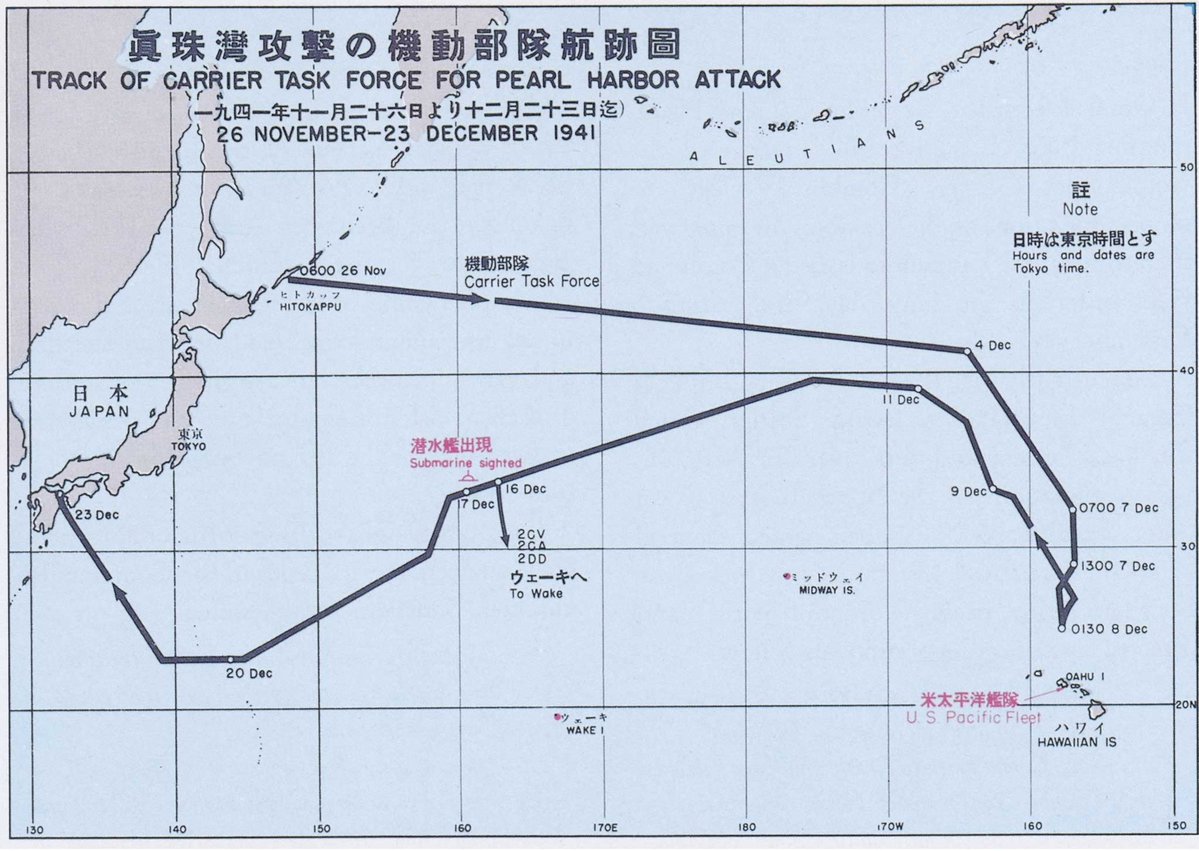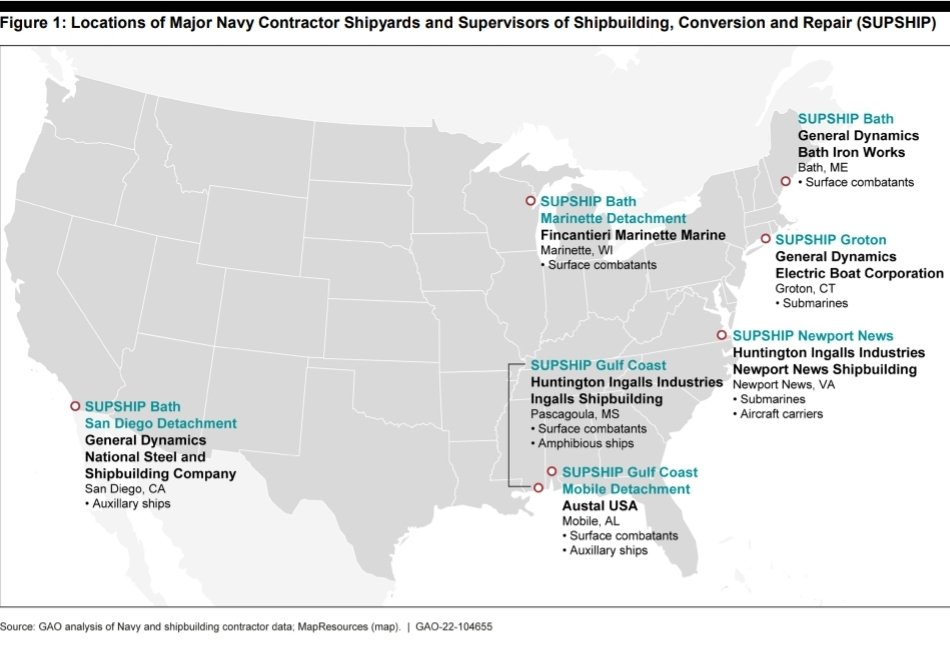1/Day 2 of the #PortStrike and a bit of background.
There is a lot of focus on the #ILA & their colorful president, but the issue of port efficiency is at the heart of the matter.
Moving containers through the terminals is key and a main point of the US Maritime Alliance.
There is a lot of focus on the #ILA & their colorful president, but the issue of port efficiency is at the heart of the matter.
Moving containers through the terminals is key and a main point of the US Maritime Alliance.

2/The US Maritime Alliance (#USMX) consists of port associations, direct employers & shipping lines. The majority of the Board are foreign: Evergreen (Taiwan), ONE (Japan), CMA CGM (France), HAPAG (Germany), MSC (Switzerland), Maersk (Denmark), USA Ports (Canada) & COSCO (China).




3/The efficiency of US ports is not high.
The Container Port Performance Index rates 405 world ports. The 3 largest on the US East/Gulf Coasts are:
#99 @PortNYNJ
#327 @Port_Houston
#398 @GaPorts (Savannah)
The Container Port Performance Index rates 405 world ports. The 3 largest on the US East/Gulf Coasts are:
#99 @PortNYNJ
#327 @Port_Houston
#398 @GaPorts (Savannah)

@PortNYNJ @Port_Houston @GaPorts 4/A study by @UNCTAD measures the time between container moves by countries.
In the largest category >6,000 TEUs, the US takes 1.2 minutes per move. The global average is 0.8, including UK (Felixstowe) and Netherlands (Rotterdam). China is 0.4.


In the largest category >6,000 TEUs, the US takes 1.2 minutes per move. The global average is 0.8, including UK (Felixstowe) and Netherlands (Rotterdam). China is 0.4.


@PortNYNJ @Port_Houston @GaPorts @UNCTAD 5/This time is not the cycling of the large ship-to-shore (STS) crane and it's operator, but the ability on shore to move and clear the boxes from the dock and into the stacks.
That is what automation does in ports, like the Long Beach Container Terminal (LBCT).
That is what automation does in ports, like the Long Beach Container Terminal (LBCT).
@PortNYNJ @Port_Houston @GaPorts @UNCTAD 6/The need for efficiency comes from the rise in demand & escalating size of container ships.
Since the last contract in 2018, the new lane of the Panama Canal opened & many ports have dredged to accommodate neo-Panamax ships cable of carrying 15k TEUs vice 4.5k.


Since the last contract in 2018, the new lane of the Panama Canal opened & many ports have dredged to accommodate neo-Panamax ships cable of carrying 15k TEUs vice 4.5k.


@PortNYNJ @Port_Houston @GaPorts @UNCTAD 7/These new ships place more pressure on ports along the US East/Gulf coast ports. To accommodate them, US ports dredged, brought in new cranes and upgraded infrastructure; such as raising the Bayonne Bridge.






@PortNYNJ @Port_Houston @GaPorts @UNCTAD 8/The counterpoint of #ILA deals with the profitability of the major container lines.
The top 10 firms in three alliances control about 85% of all the container capacity afloat; of which 7 are on the #USMX Board of Directors.


The top 10 firms in three alliances control about 85% of all the container capacity afloat; of which 7 are on the #USMX Board of Directors.


@PortNYNJ @Port_Houston @GaPorts @UNCTAD 9/Then takes us to container lines profitability.
When one looks at the major companies during the 2010s...it is not good. They bounced from year to year and in 2018, at the time of the last contract, the lines were coming off several bad years.
That changed in 2020.
When one looks at the major companies during the 2010s...it is not good. They bounced from year to year and in 2018, at the time of the last contract, the lines were coming off several bad years.
That changed in 2020.

@PortNYNJ @Port_Houston @GaPorts @UNCTAD 10/Profits were down coming into 2024, with the first negative quarters since 2018. But between them was the COVID19/#SupplyChain crisis bump.
Then add the #Houthis & the #RedSea, and we see a $10.2B profit for the lines in Q2 of 2024.



Then add the #Houthis & the #RedSea, and we see a $10.2B profit for the lines in Q2 of 2024.



@PortNYNJ @Port_Houston @GaPorts @UNCTAD 11/The proposal on the table on Sept 30 by the #USMX to the #ILA was a 22% percent raise over six years, from 2024 to 2030; and this along with the ILA just 'discovering' an automated gate in the port of Mobile (It had been there for months) led to the ILA walking away. 

@PortNYNJ @Port_Houston @GaPorts @UNCTAD 12/This sets the stage for the Strike on Oct 1. Both sides - #ILA and #USMX - have issues and points.
However, none of them are being addressed while there is no negotiations going on and instead it is the battle of press releases and cameras.
gcaptain.com/major-port-shu…
However, none of them are being addressed while there is no negotiations going on and instead it is the battle of press releases and cameras.
gcaptain.com/major-port-shu…
13/One other factor that limits the efficiency of US ports are issues of security and port infrastructure.
Two programs in particular, the @CBP inspection and clearance of containers and the @USCG port state authority inspections are additional factors.


Two programs in particular, the @CBP inspection and clearance of containers and the @USCG port state authority inspections are additional factors.


• • •
Missing some Tweet in this thread? You can try to
force a refresh






















